Ghostly 80ft Shipwreck Just Washed Ashore in Cape Ray Centuries after it Sank
Only 250 people live in the small community of Cape Ray in Newfoundland, Canada. And almost all of them are incredibly excited as a mysterious shipwreck has washed up on their shore.
While no one knows where this ship came from, how old it is, or who was on it, the community of Cape Ray is working hard to find out.
Cape Ray Is No Stranger to Shipwreck
Due to its location in the north Atlantic between Europe and North America, Newfoundland was one of the most popular destinations for explorers and colonizers throughout the 16th and 17th centuries.
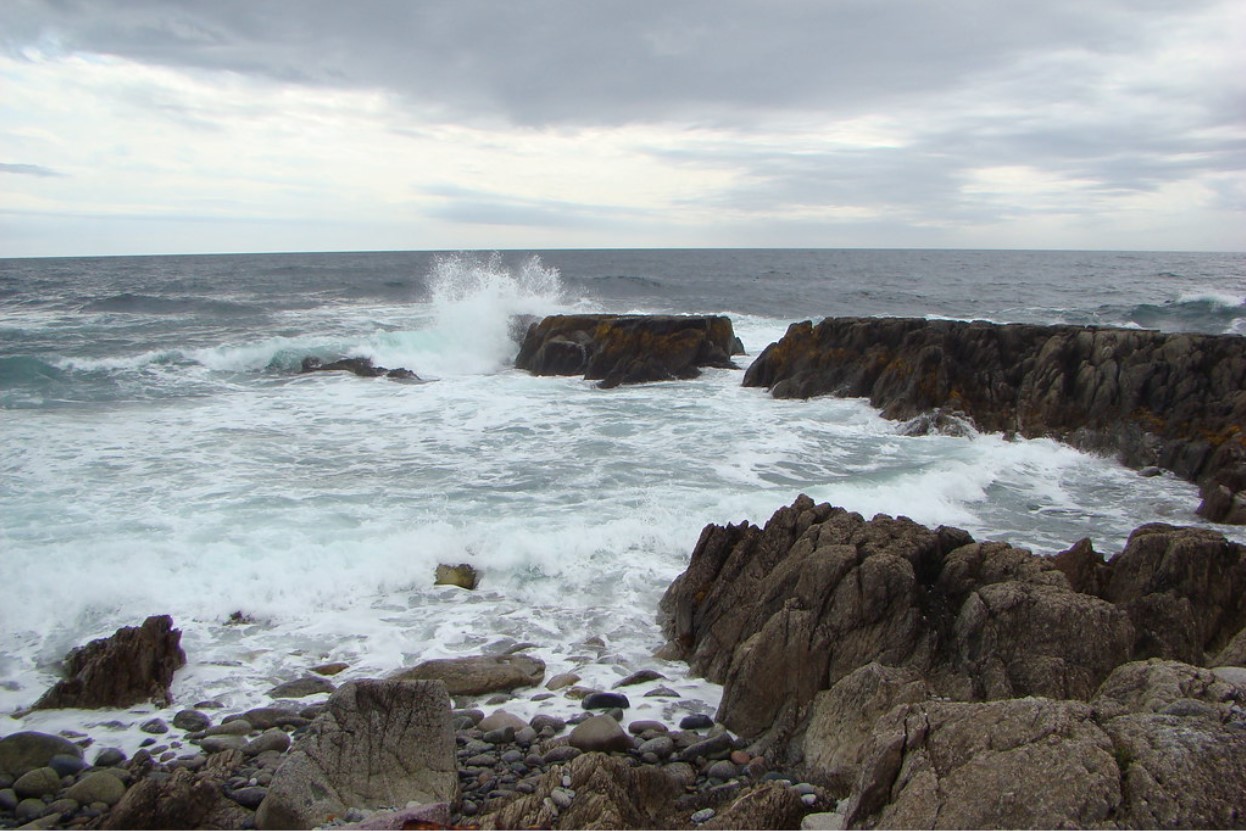
Source: Flickr
And because of its rocky coastline and rough waters, many of the ships headed west succumbed to the elements and crashed along the shores. Today, Cape Ray, just one tiny point within the area, is home to 8 (and now 9) known shipwrecks.
The Newest Shipwreck at Cape Ray
For years, Cape Rays boasted that their rocky coast had 8 shipwrecks, but as of last month, they officially have 9. And the newest shipwreck is especially exciting because it’s not sitting at the bottom of the ocean; it’s essentially on the beach.
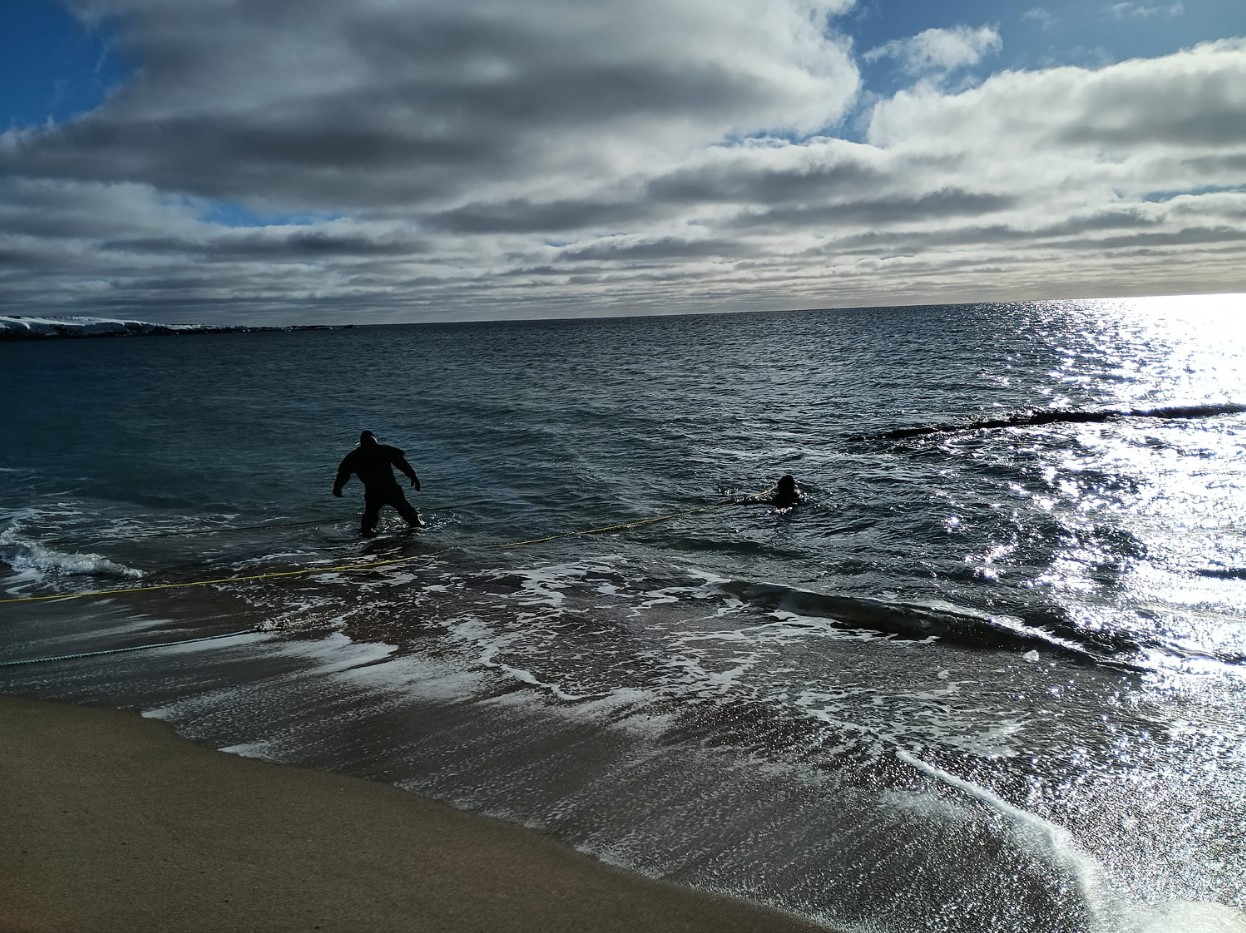
Source: @Cape Ray Community Page/Facebook
That means that experts can easily access and study the wreck to try to find out where it came from and when it sank.
How Did This Shipwreck End Up on the Beach?
President of the Shipwreck Preservation Society of Newfoundland and Labrador, Neil Burgess, believes that the shipwreck was dislodged from its original resting place in the sea thanks to post-tropical storm Fiona, which hit the area last year.
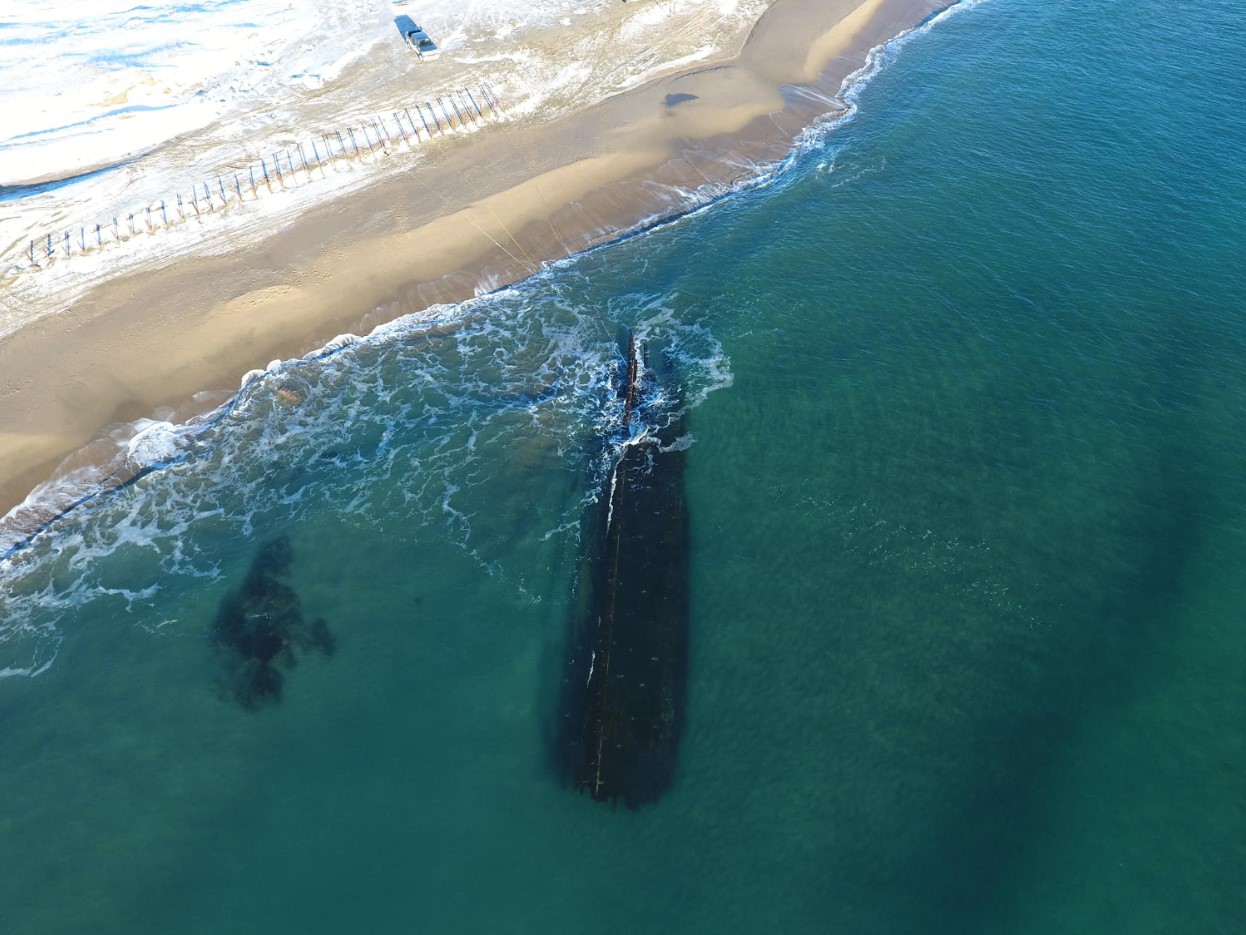
Source: @Cape Ray Community Page/Facebook
He explained that the ship’s position was loosened during the storm, and then finally moved to the Cape Ray shoreline thanks to the large swell they experienced last week.
Cape Ray Residents Are Extremely Excited by the Wreck
Gordon Blackmore found the wreck one morning when he was hunting seabirds, and he couldn’t believe his eyes. His mother told the press that she ran down to see it and explained, “It’s amazing, there is no other word for it.”

Source: @Cape Ray Community Page/Facebook
Neil Burgess said in his statement, “This is perfect. This is a great, great event.” And another resident, Elizabeth Gover, said, “It is a part of our history that has just been awakened.”
Local Residents Were Afraid the Shipwreck Would Drift Away
The small but excited community of Cape Ray has started sharing information, theories, and photos on their group Facebook page.
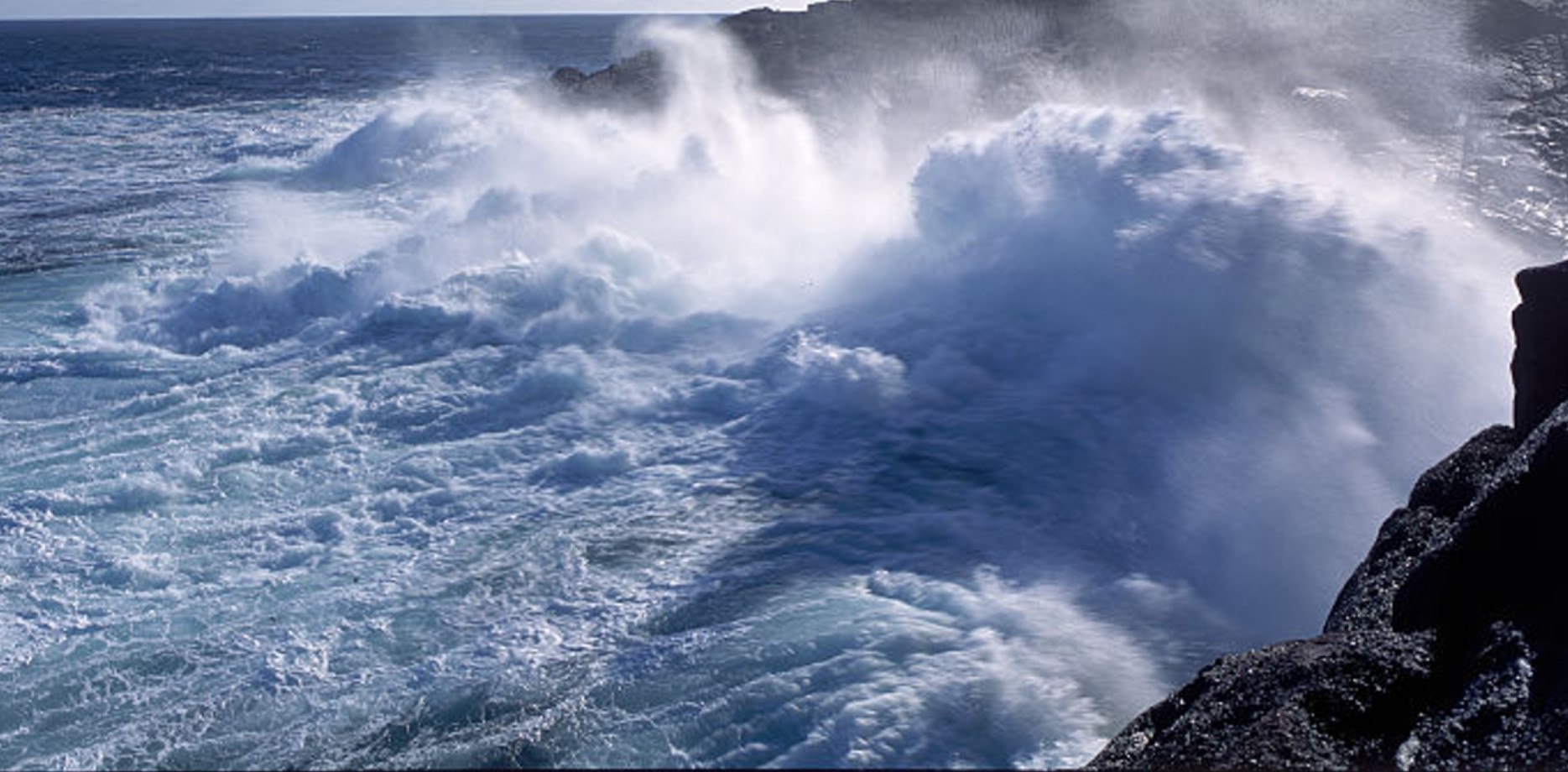
Source: Paul Souders/Corbis/VCG/Getty Images
And while everyone was certainly thrilled to know they had a piece of history on the shore, the most prominent discussion among locals was how to ensure the shipwreck didn’t drift away with the tides.
A Team Has Already Gone to Visit and Secure the Wreck
Fortunately, the Cape Ray community banded together and got a group of volunteers to head out to the wreck and tie it down with ropes.
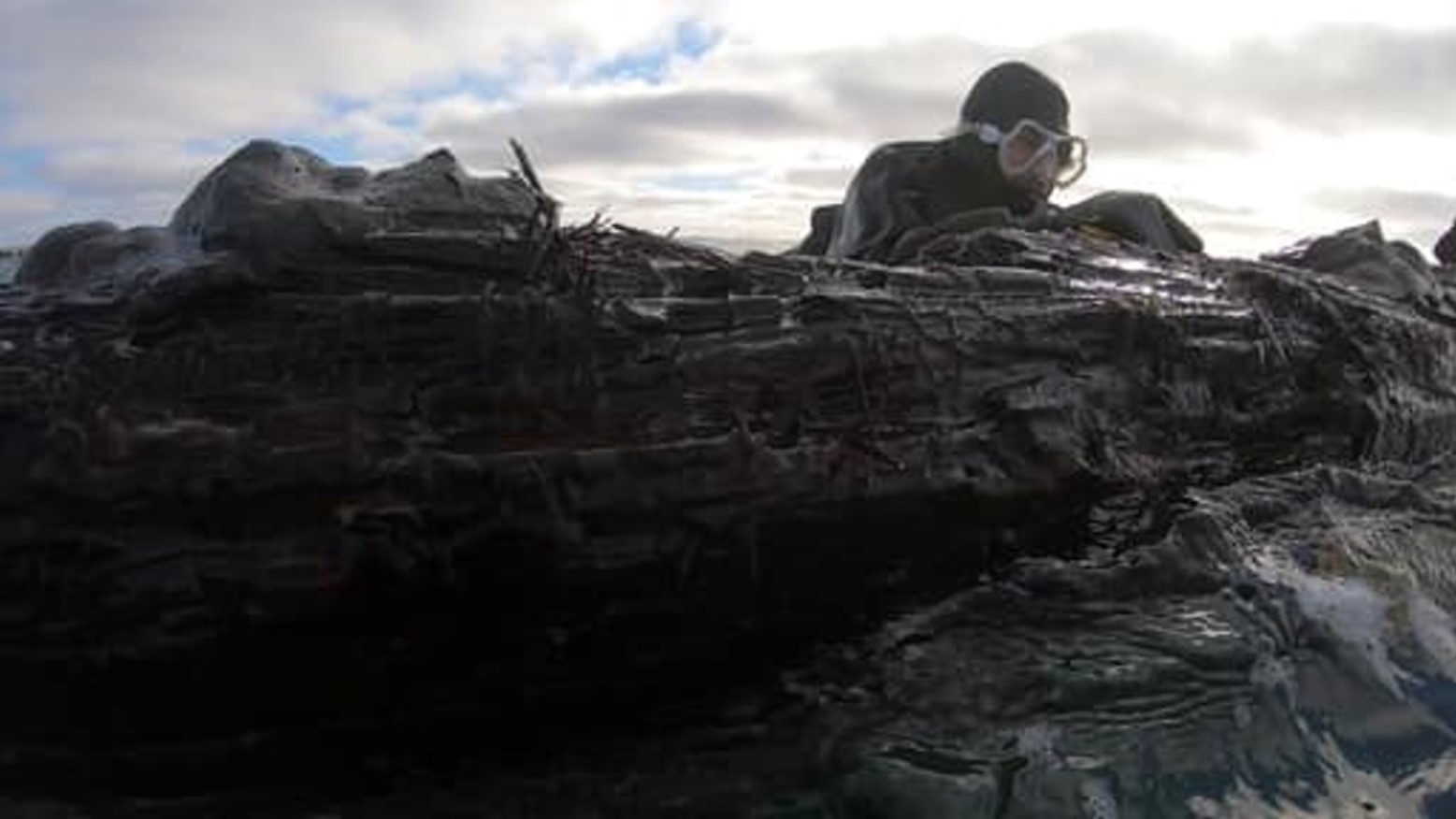
Source: @Cape Ray Community Page/Facebook
Residents Trevor and Shawn were the first to dive the wreck. They donned their scuba gear and ensured that the ship wouldn’t be moving until the professionals could arrive to study it.
The Volunteers Noted the Ship Has Copper Pegs Used in the 1800s
Although Trevor and Shawn are not qualified archaeologists, they did note a few interesting aspects of the ship while they were tying it down.
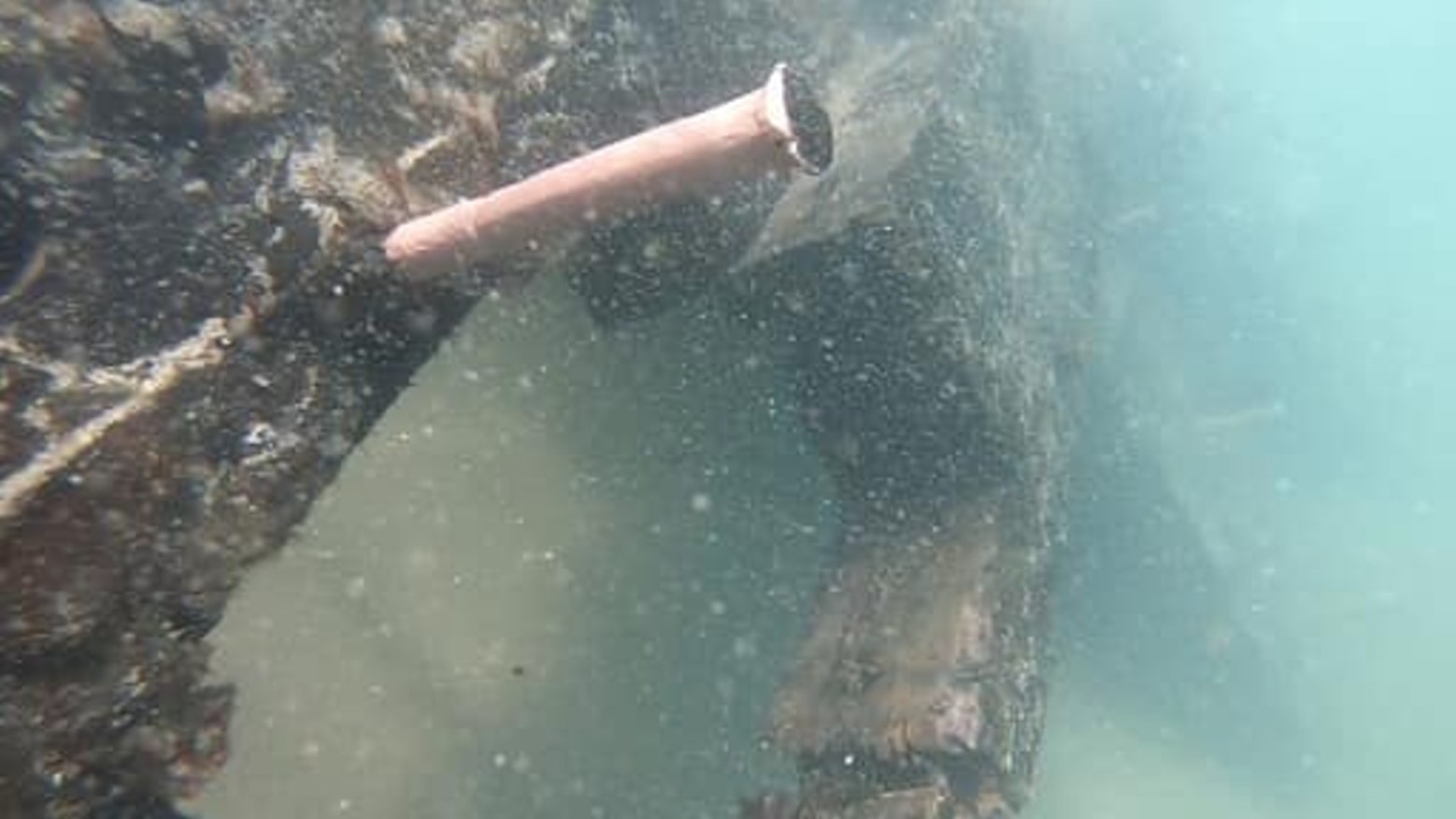
Source: @Cape Ray Community Page/Facebook
They reported that the wooden dowels and copper pegs found were typically used in the 1800s, and that the ship is a whopping 24 meters long, meaning it’s much larger than a schooner.
Professional Archaeologists Are on the Way
The residents of Cape Ray reached out to their local government for help, explaining that they needed professionals to come down as soon as possible.

Source: @Cape Ray Community Page/Facebook
And just a few days ago, resident Anne Osmond announced that: “Officials from the Provincial Archaeology team are scheduled… to be on site early Saturday. They are also being supported by both Memorial University & College of the North Atlantic in terms of resources and equipment.”
Time Is of the Essence as Frozen Waters Could Damage the Wreck
It’s important to understand that while the ship is likely more than 200 years old, time is of the essence as the ship could be damaged at any time due to the icy cold waters of Newfoundland.
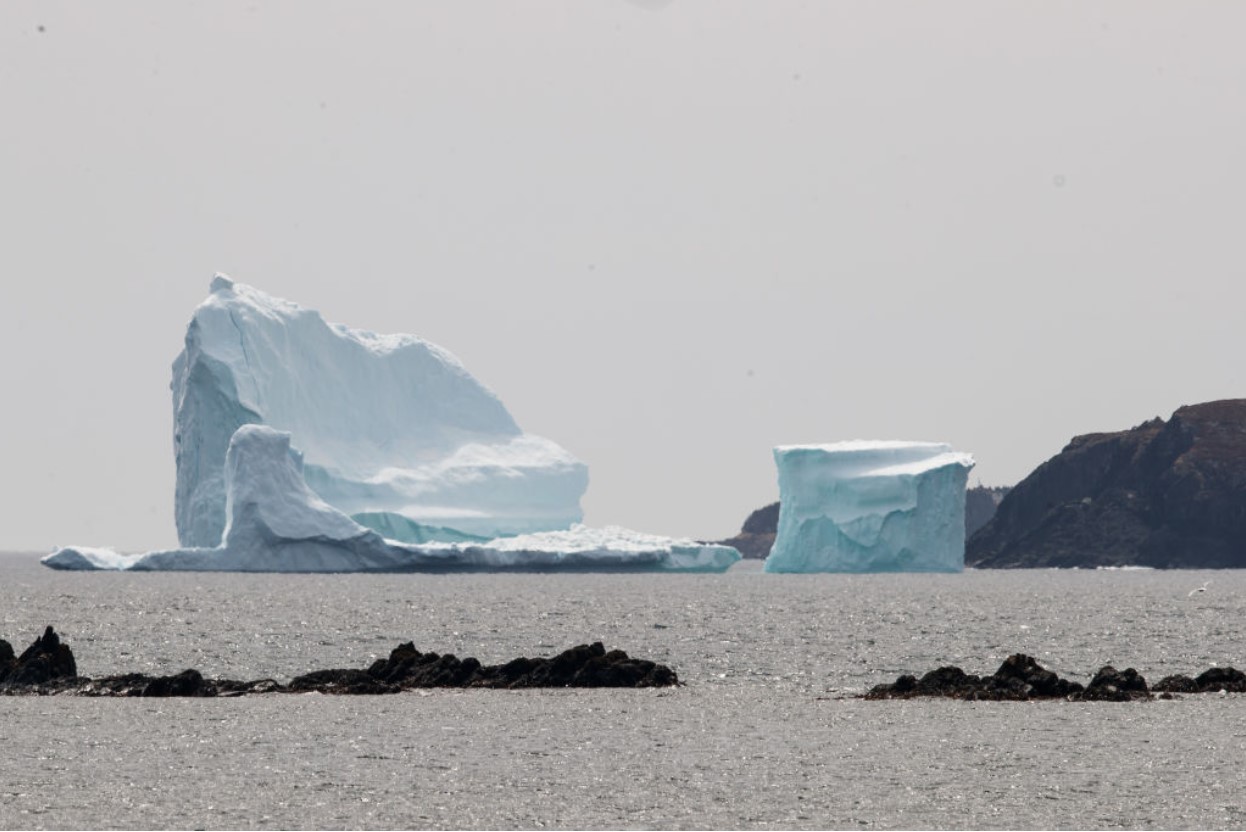
Source: Drew Angerer/Getty Images
Cape Ray resident Wayne Osmond explained, “Everyone seems to forget that some years we experience sea ice here. If that happens, within a few hours it can cause more damage to the wreck, crushing it than a century or more of it submerged in deeper water.”
Many Theories Have Already Been Proposed
On the Facebook group, several residents of Cape Ray’s tiny community have been putting forth theories as to exactly which ship this new wreck once was.
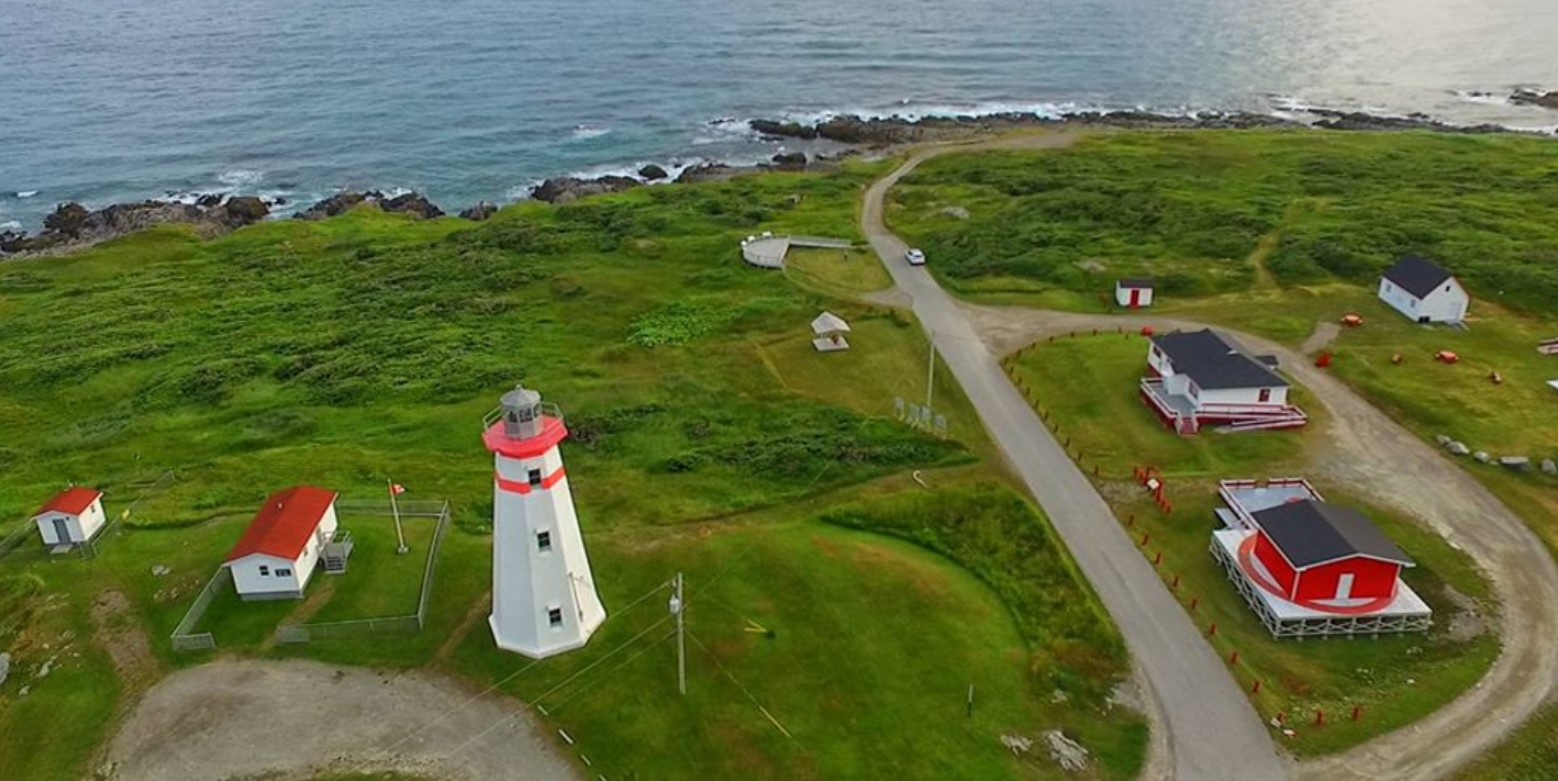
Source: @Cape Ray Community Page/Facebook
And they are hoping that the expert team on its way to their shores will be able to cross reference the wreckage with historical information regarding sunken ships and tell them the name, who was on it, and when it sailed.
A Piece of History
Elizabeth Glover of Cape Ray explained that this shipwreck is more than just old wood and metal; it’s a piece of their history.
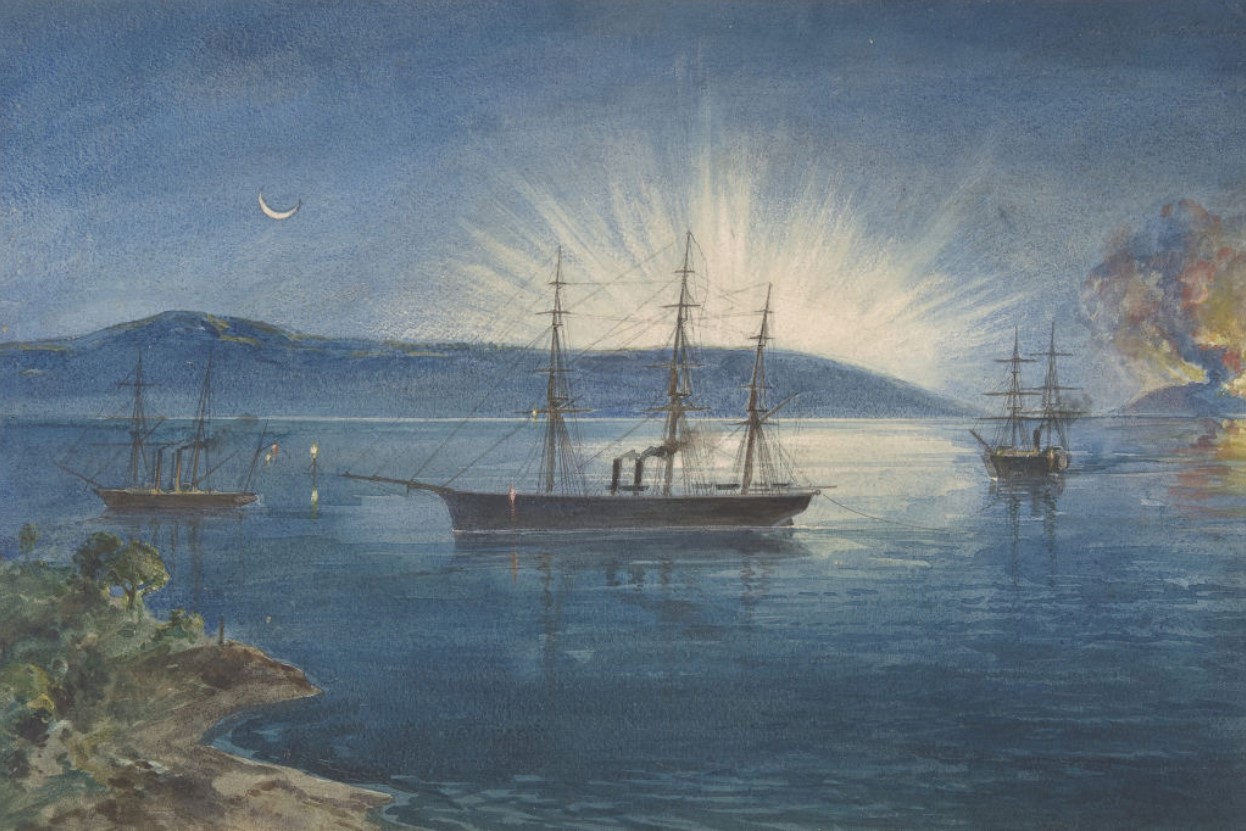
Source: Heritage Art/Getty Images
Glover said in a statement, “Some descendants will still want to know the names and the places where their ancestors were lost in the icy waters off our shores. It would be good for all of us if we could offer some history we know and a place for remembrance. At least a marker. This is our history. Let’s find out.”
The Shipwreck Might Not Be Historically Significant
Despite the spectacle the shipwreck is creating, not everyone is convinced that the vessel will provide something noteworthy.
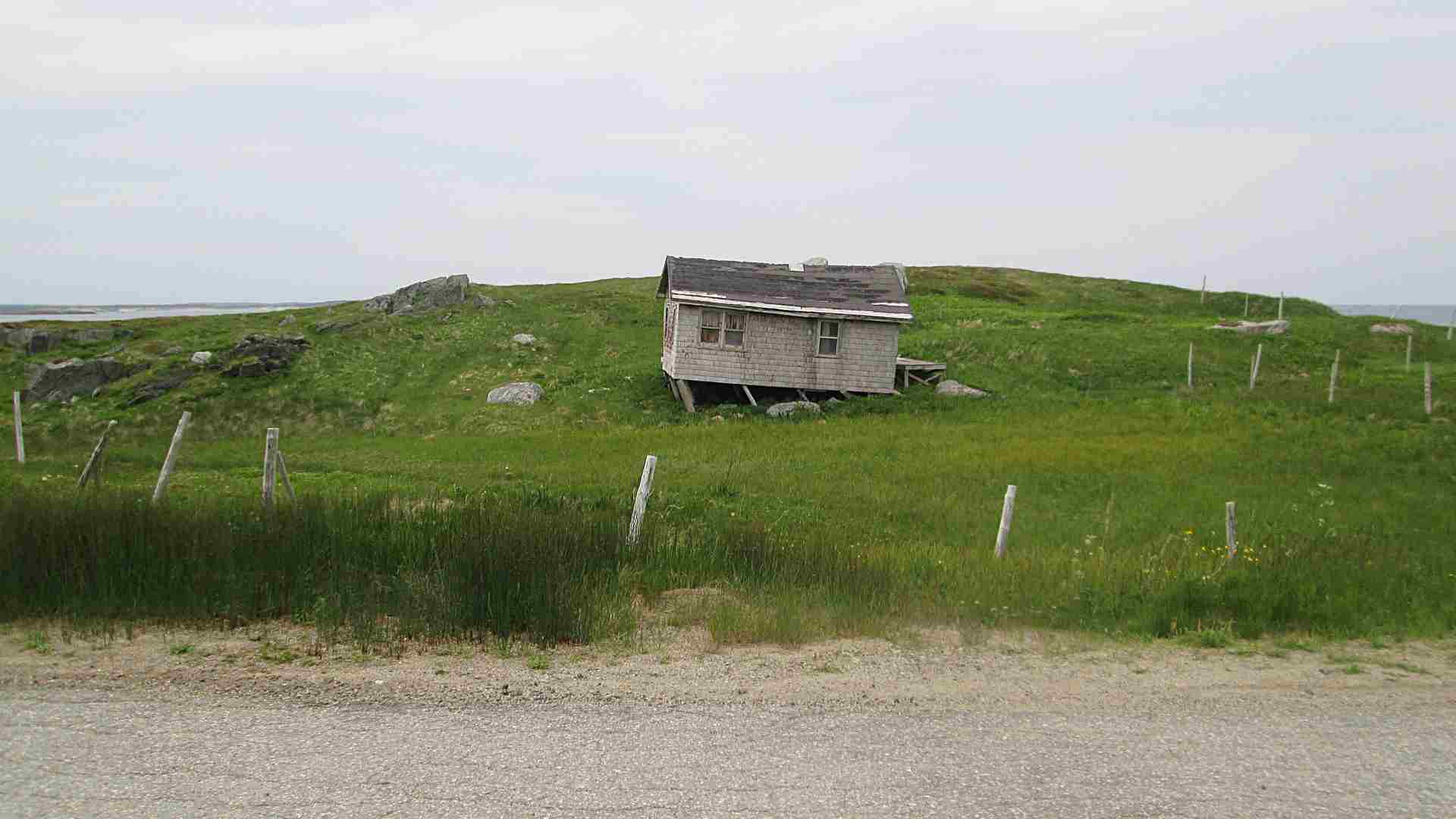
Source: Larry/Wikimedia
Jamie Brake, a provincial archaeologist, was part of the team that took to the sea to collect samples and try to discover what they could about the ship. Just because a shipwreck is old doesn’t mean it automatically interests archaeologists, especially if what is left has deteriorated a lot.
Brake Confirms Nothing Unique is Found So Far
According to CBC, Brakes’ comments to reporters seemed to cast a negative tone on the expedition to recover samples of the ship. “At this time, we don’t have any information right now to indicate that this is a particularly significant or unique thing,” Brake said.
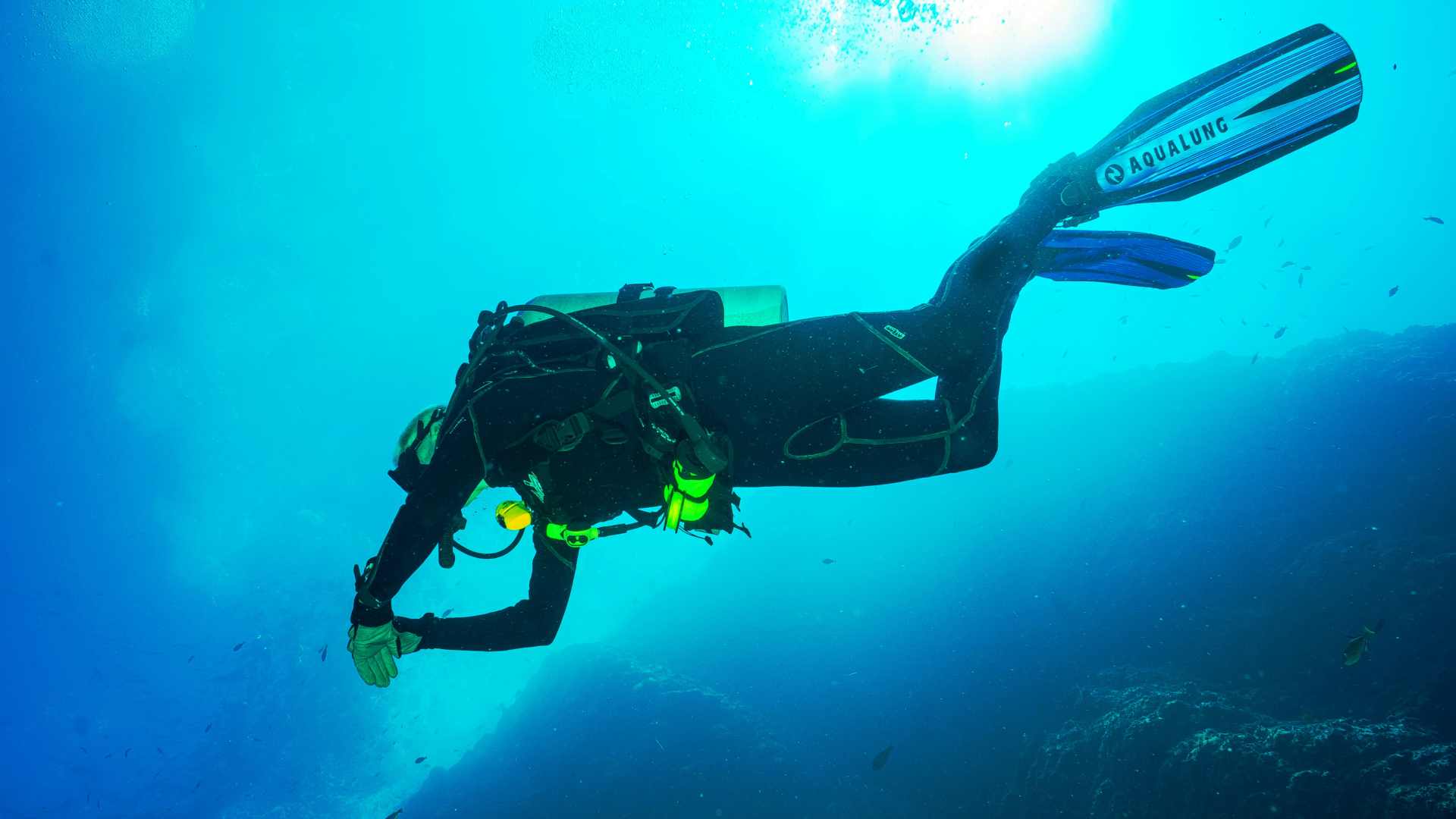
Source: Francisco Hernandez/Unsplash
They will need to wait for results to confirm for sure, but the team does think based on the evidence so far that it is a 19th-century vessel. The provincial government is stepping back and letting the investigation team handle things.
Difficult to Remove
Brake told reporters that one of the difficulties slowing down research progress was the tricky location that the vessel was in.
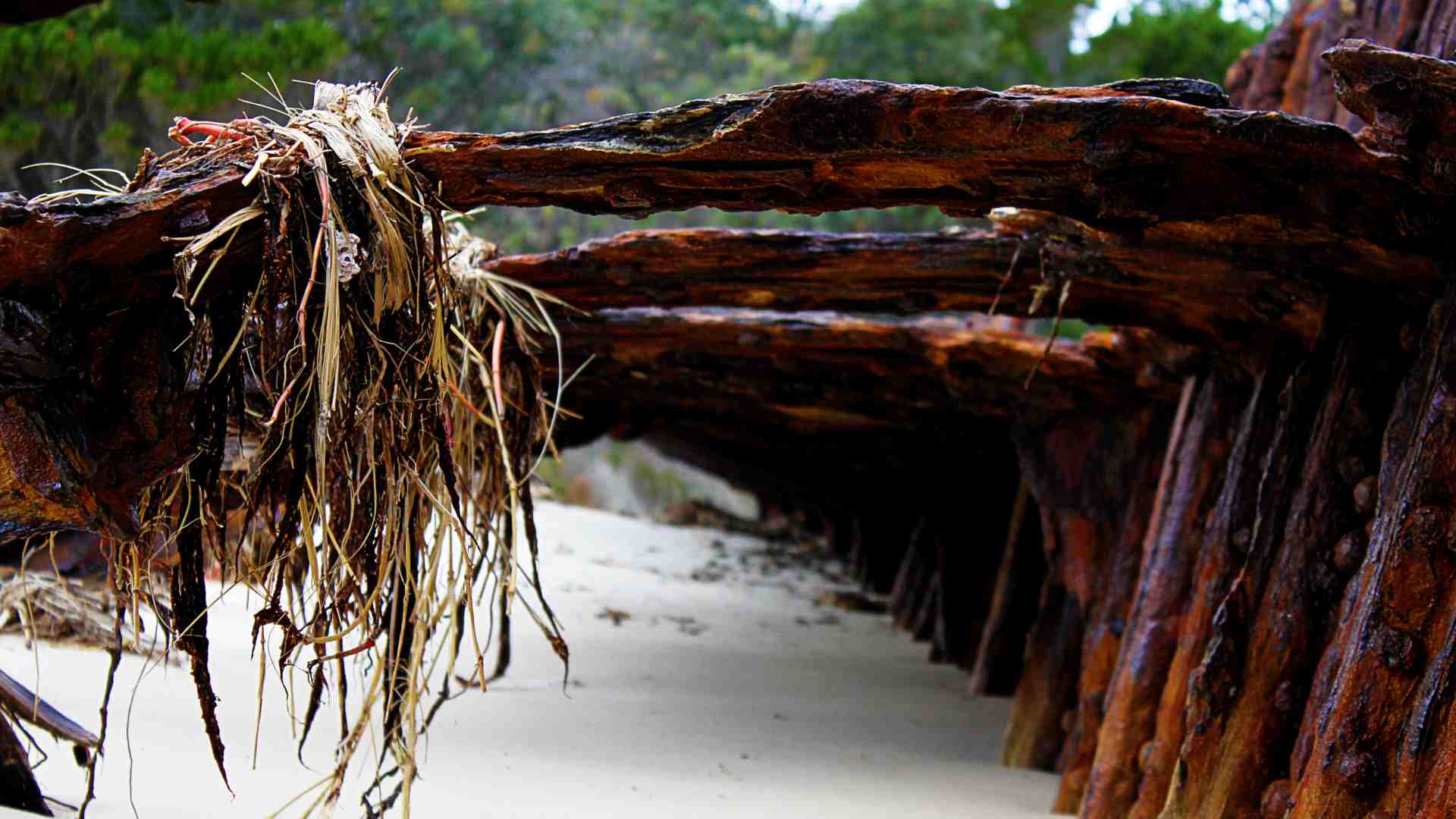
Silverish Lily/Wikimedia
“The remains of the wreck are right in the middle of the surf zone there, so it is being hit with waves and so on,” he said. (via CBC) Brake would go on to point out that the possibility of difficult weather conditions could change how to project could go.
History of Ships in Newfoundland
There are nearly 800 shipwrecks on the registry of the local Canadian province, with 700 of those being roughly the same period as the one found at Cape Ray. (via CBC)
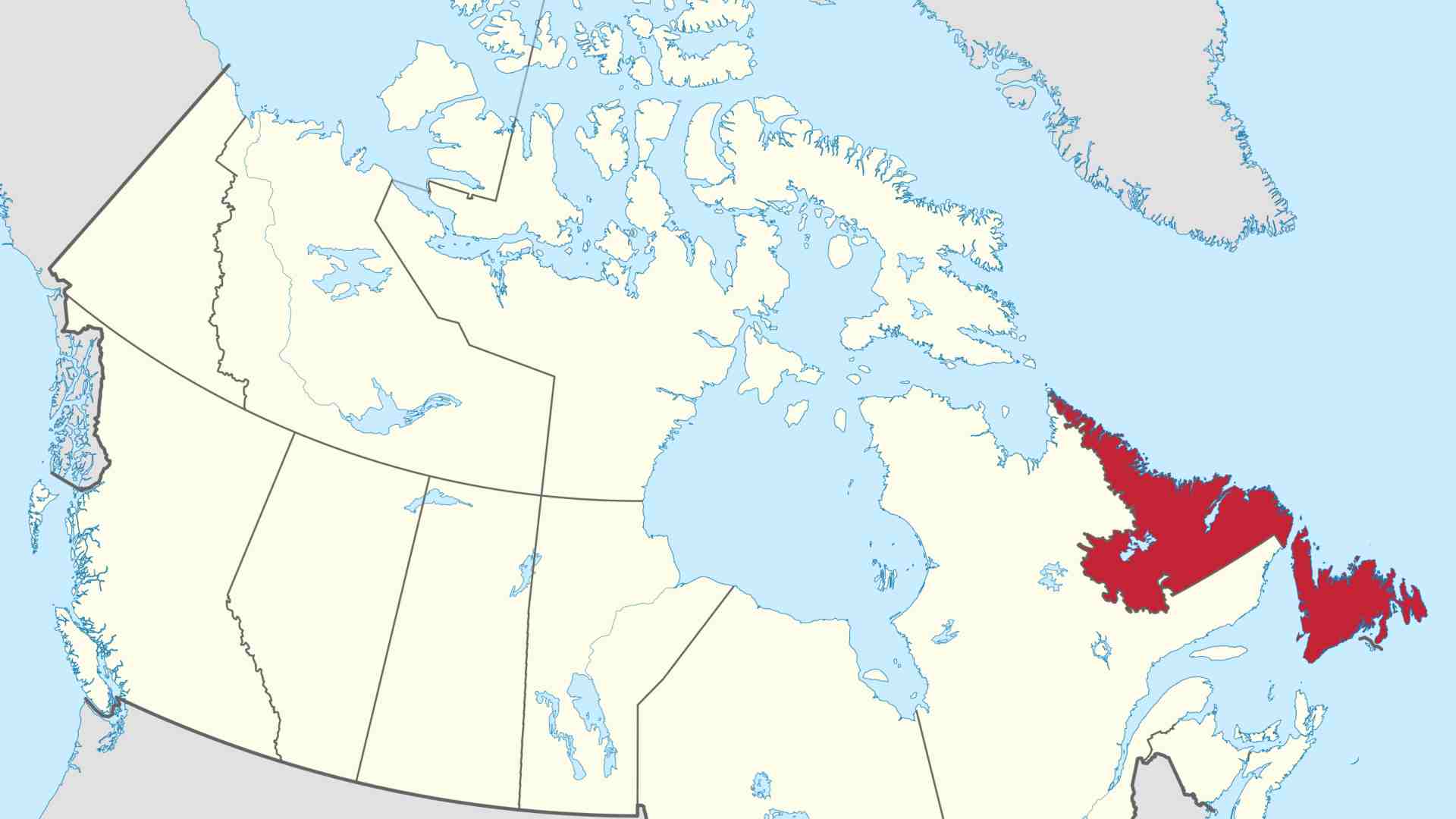
Source: MapGrid/Wikimedia
This is one of the reasons that archaeologists aren’t hopeful the project will be fruitful because they already have had the opportunity to extensively study similar vessels before.
Limited Resources
Brake in his comments brought up that the team’s resources in the area are spread thin. “We’ve got limited resources. We have, you know, a very large number of known archaeological sites here,” he said. (via CBC)
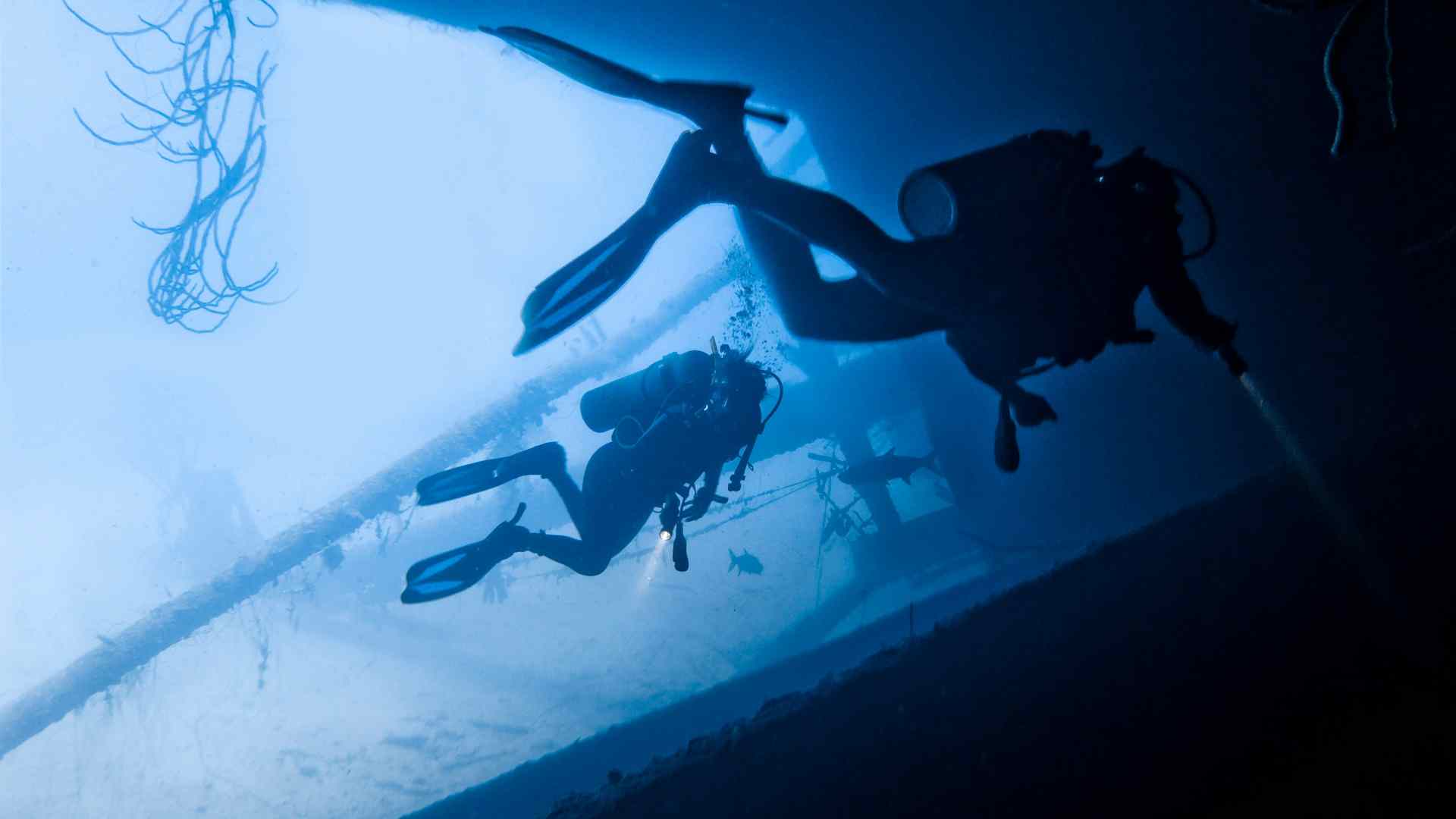
Vlad Tchompal/Wikimedia
“We can’t preserve every shipwreck. We can’t preserve every aircraft or every vehicle.… In many cases what’s possible is documenting what’s there before it’s gone.”
Let Nature Take Its Course
Archaeologists like Brake are optimistic that one of the outcomes of the ocean conditions is that the ocean will draw in more parts of the shipwreck. When talking about possible futures, Brake said “One is to let nature take its course and to see it dashed there by waves.” (via CBC)
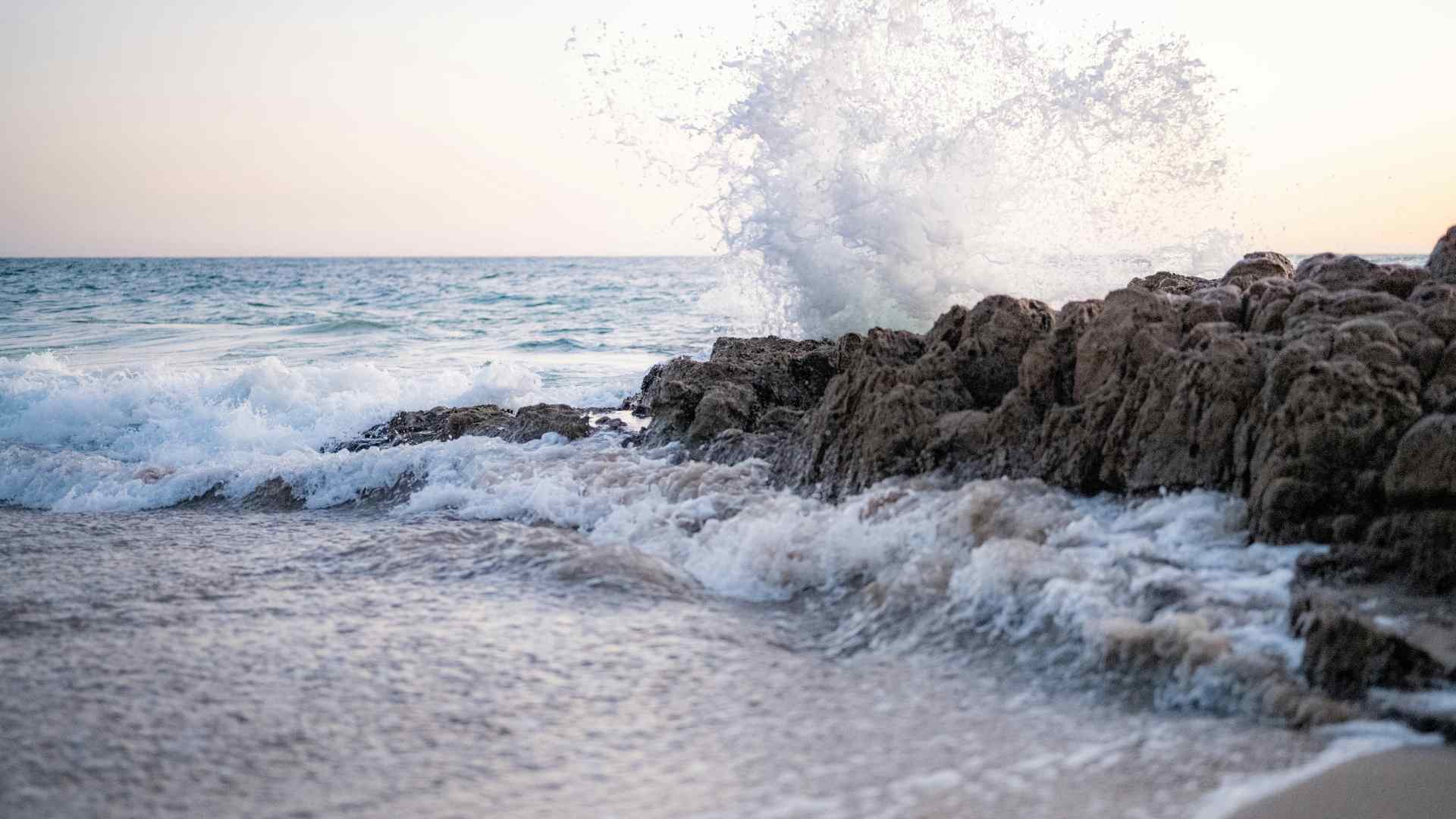
Samantha Fortney/Unsplash
Another possibility is to wait for local enthusiasts to pull it out of the water for their own purposes. Brake told reporters that some locals had already volunteered to be stewards of any pieces they acquired.
Clean Harbours Initiative Comments
Trevor Croft, one of the divers who also manages the Clean Harbours Initiative, was ecstatic about the solid oak construction of the ship’s timber.

Lyndon B. Johnson Space Center/Wikimedia
“It’s pretty amazing,” Croft said. “Seeing those massive timbers up close was also fairly exciting. Those wooden dowels, just the sheer size of some of those planks on the vessel was astounding.” (via CBC)
Are There Possibly More Undiscovered Ship Wrecks Out There?
There are likely more shipwrecks out there. According to CBC, there are close to twenty shipwrecks already registered on the southwest coast. All it would take is the right conditions at sea for another shipwreck to be dredged close to shore just like this most recent one.
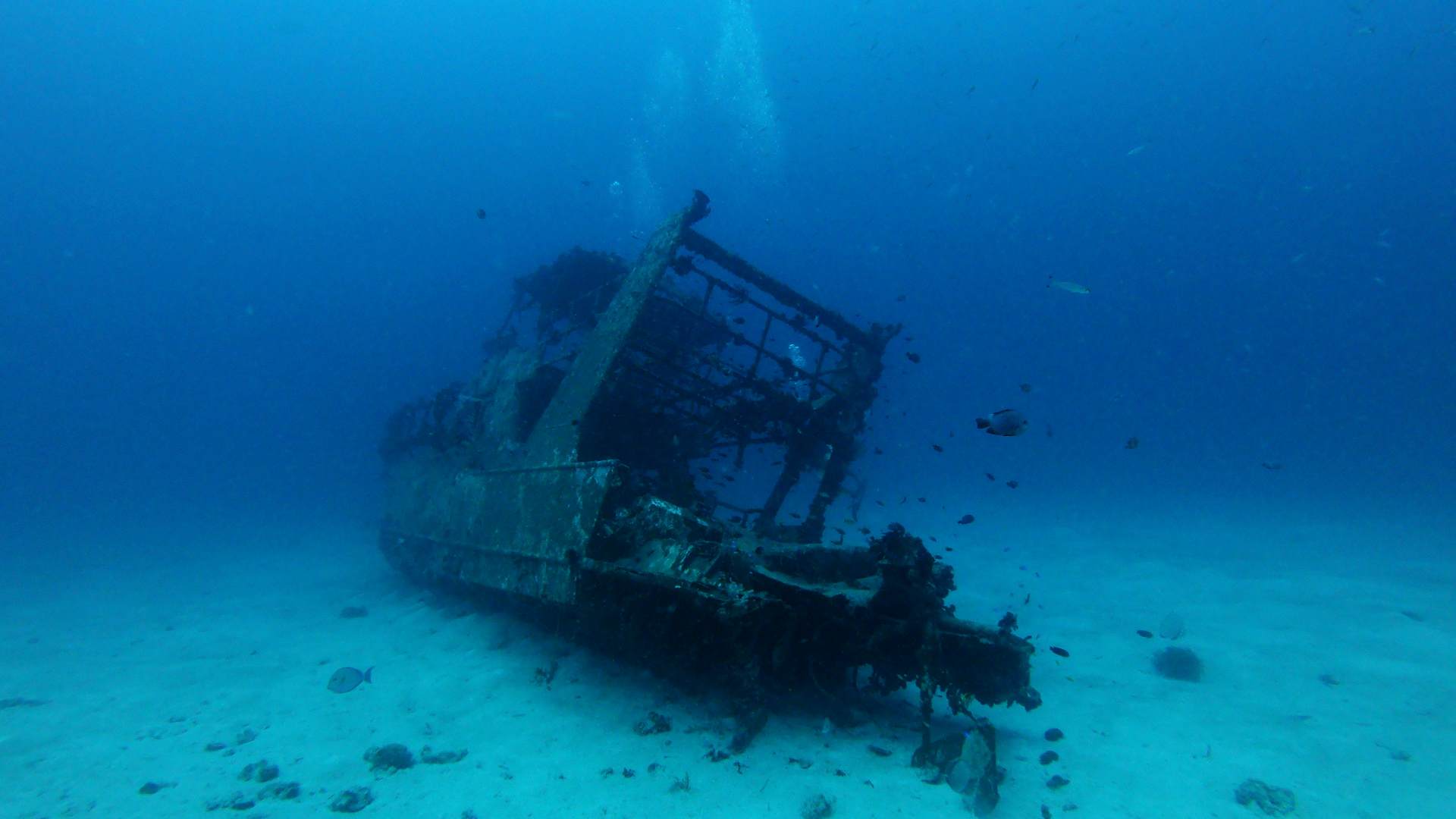
Source: Olga Ga/Unsplash
Whatever happens to Cape Ray shores in the future, archaeologists hope that the locals will continue to treat these historical artifacts with respect.
